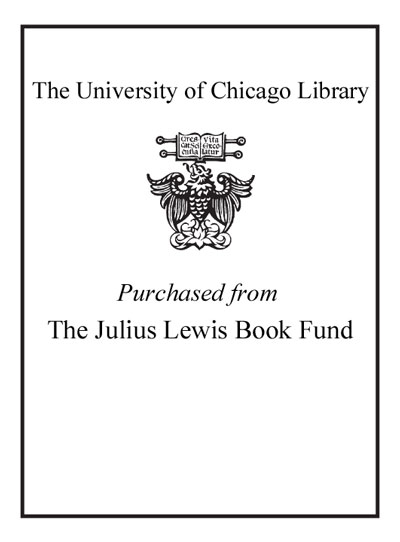Victorian architecture : diversity & invention /
Saved in:
| Author / Creator: | Curl, James Stevens, 1937- |
|---|---|
| Imprint: | Reading [England] : Spire Books Ltd., c2007. |
| Description: | 635 p. : ill. (some col.), maps ; 31 cm. |
| Language: | English |
| Subject: | |
| Format: | E-Resource Print Book |
| URL for this record: | http://pi.lib.uchicago.edu/1001/cat/bib/6694545 |
| Summary: | Although more than a century has passed since the end of the Victorian era, the great achievements of the period 1837-1901 are grossly undervalued. Phrases such as 'Victorian monstrosity' are bandied about by many who ought to know better. Professor Curl's robustly argued and beautifully illustrated book shows that the Victorians produced confident, colourful, rumbustiously eclectic architecture, and that they went further than anyone since Roman times to potty-train Urban Man. He deals with the palette of styles available to the Victorians; unprecedented building-types; new materials; ecclesiastical buildings that, arguably, were superior to mediaeval exemplars; the responses of a vital society to contemporary challenges; and puts the built fabric firmly within the context of the intellectual complexities of the age. Wearing his learning lightly, he presents his case with grace, gusto and elegance, bringing the Victorian period to new life in a work which will give readers much to ponder, savour and enjoy. |
|---|---|
| Physical Description: | 635 p. : ill. (some col.), maps ; 31 cm. |
| Bibliography: | Includes bibliographical references (p. 563-583) and index. |
| ISBN: | 1904965067 9781904965060 |

